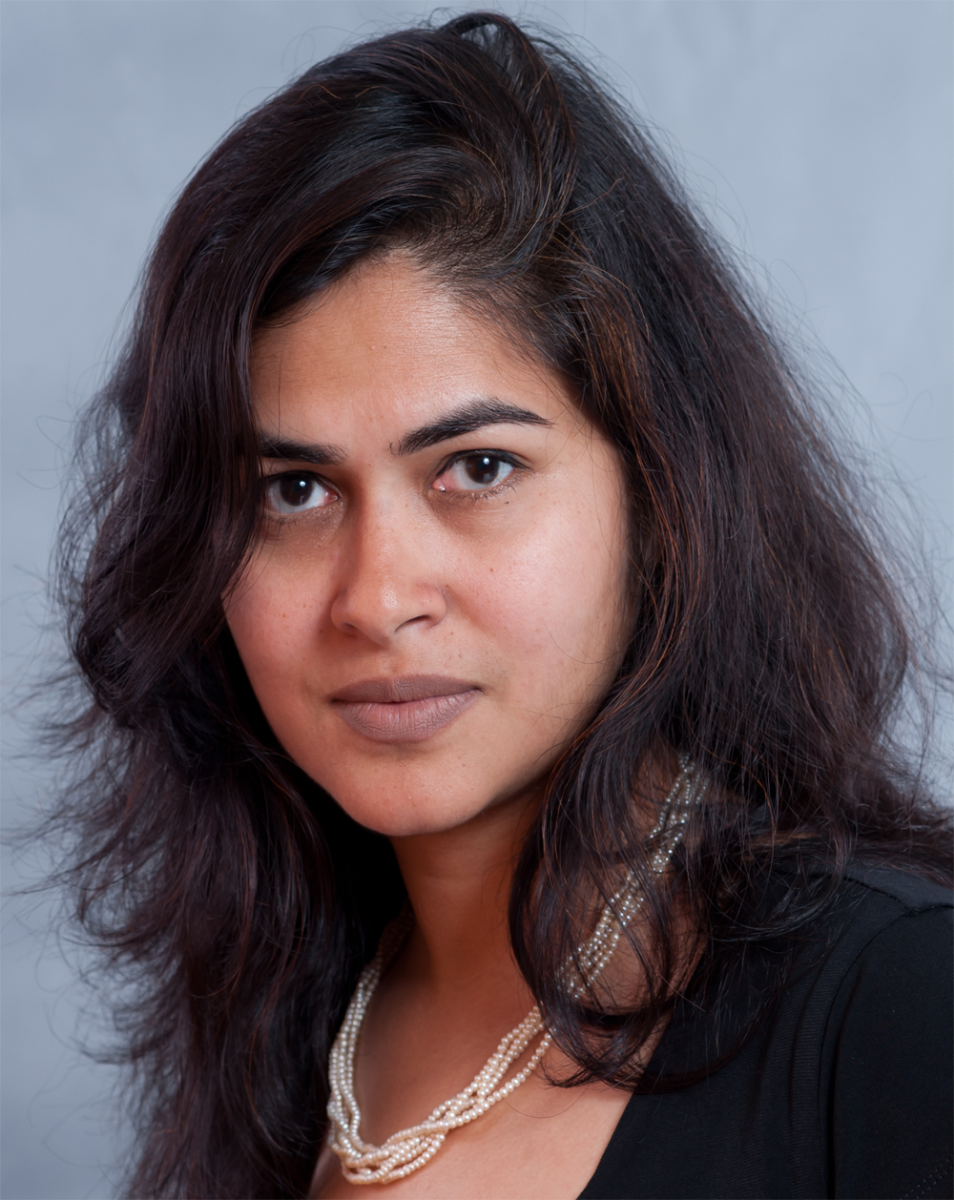Turf wars: May the best storyteller win!
Opinion
 “Storytellers can inspire us to strive for greatness or motivate us to do senseless evil,” said Donald Hamilton, author of ‘The MIND of Mankind’. As mass audience influence platforms evolved from clearly bifurcated paid and earned models led by different communications disciplines to seamless audience journeys cutting across bought, earned, shared and owned ones, high audience engagement storytelling rose in value in the brand marketer’s arsenal. The question however remained, which kind of trusted advisor was really best placed to shape and drive the right story, to the right audiences, through the right channels.
“Storytellers can inspire us to strive for greatness or motivate us to do senseless evil,” said Donald Hamilton, author of ‘The MIND of Mankind’. As mass audience influence platforms evolved from clearly bifurcated paid and earned models led by different communications disciplines to seamless audience journeys cutting across bought, earned, shared and owned ones, high audience engagement storytelling rose in value in the brand marketer’s arsenal. The question however remained, which kind of trusted advisor was really best placed to shape and drive the right story, to the right audiences, through the right channels.
Public relations always has had storytelling at the heart of all it does. Any PR person worth their salt – would first ask the question, “what is the story we are trying to tell?”, when designing a campaign even in the early days of this industry, before more complex, interactive audience platforms evolved. Today the question has progressed to “what is the story we are trying to tell that will seamlessly travel across the various platforms of influence or through influencers?”
As storytelling assumes centre stage in brand strategy, more progressive markets have introduced their own ranking for brand storytelling, such as one in the UK by Aesop, in association with OnePoll! These rankings released in June 2014 puts Apple on top, followed by Cadbury and McDonald’s. Interestingly, charities are the top performing brand category, suggesting an advantage over commercial brands in terms of storytelling. The report clarifies, however, that while it is ingrained in marketers’ minds to tell brand stories in their marketing messages, it is not a new technique. The study suggests that because of the increase in platforms it is even more important that brands are able to communicate a clear narrative across them.
To state the obvious, the predominance of social media in our lives makes storytelling more relevant than it was when communication was predominantly uni-directional – when brands talked at their audiences, rather than engaging in dialogues, whether voluntarily or not. Audiences today develop their own “brand narrative” often cutting across social, demographic and geographical lines of divide in a manner never before, whether the brand is an active participant; or is either passive, indifferent or absent. If the brand won’t tell its own story – its story will still be told, with more direct measurable impact to the business bottom-line!
The “stories” that brands are telling now are no longer ones just in text format – but have further included the rich dimensions of graphics, videos, animations etc. pivoted around a central core theme. These evolutions in the “art” of storytelling and client demand has resulted in contemporary PR firms building creative services and consumer research capabilities that can drive tangibly, measurable, high impact, 360 degree, platform campaigns that don’t shy away from “using paid platforms at the service of driving organic influence.” And herein lie the root of questions that abound about who is crossing over to whose “turf”.
Media planning for paid platforms, creative services teams and consumer insights driven campaigns have hitherto been associated with advertising, brand and marketing consultancies – so why should PR agencies now offer those? And why should an advertising, brand or marketing consulting firm now start veering towards telling brand stories to have them travel organically – leading to the rise of new terminology such as “viral content”, “content marketing” etc. Good stories told even in the good old days of PR primarily leveraging editorial media to broadcast messages, always went “viral” in that they gained traction by word of mouth, reference and discussion and drove opinions in a manner other communications disciplines didn’t, nor did they aspire to.
However, now with the crossing of disciplines and skills, how does a brand owner or marketer decide which would be the right “lead discipline” to integrate all the others? Go with those who are organic storytellers at heart? Or should it be those who come with a deep legacy of audio and visual creativity – though they may be yet to make the transition from engagement over “captive” or bought platforms rather than “earn” the way organically for their content? Or opt for those that have proven experience with consumer insights to drive measurable, tangible outcomes?
The answer to that is certainly not an easy one and the jury is out from the marketers’ and brand owners’ perspective in terms of who wins that “turf war”!
Madhuri Sen, Managing Director, Waggener Edstrom Communications
If you enjoyed this article, you can subscribe for free to our weekly event and subscriber alerts.
Featured

PR professionals share their views on journalists publicly calling them out on story pitches

Auto blogger renders unconditional apology to Value 360 for defamatory posts

Hottest Indian startups of 2020, Paytm, Dreams 11 lead the charge: Wizikey Report




